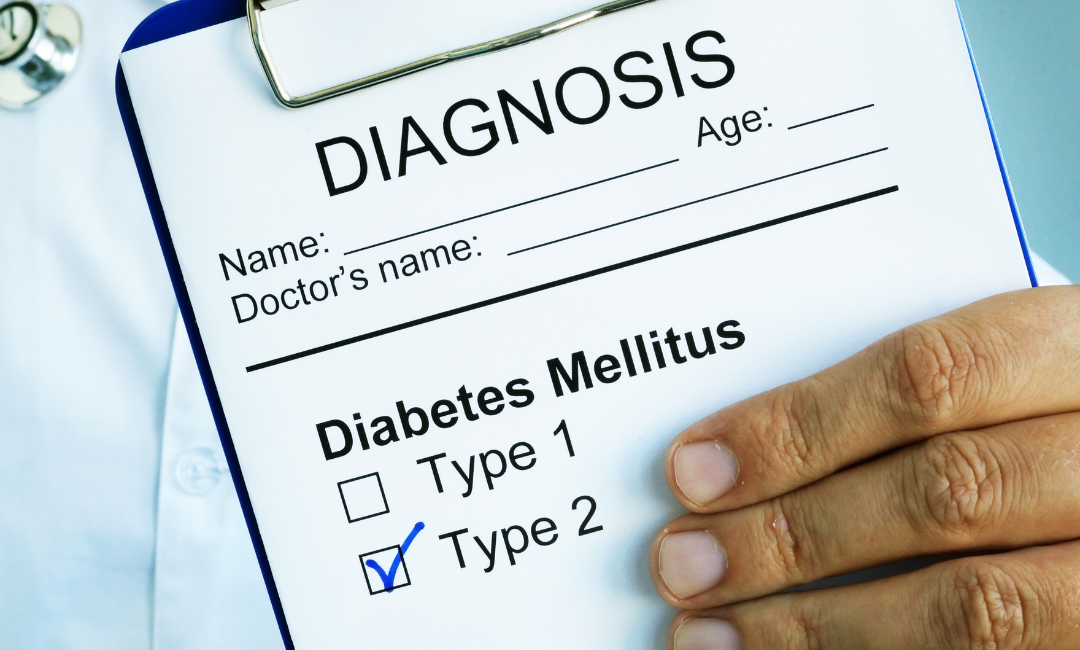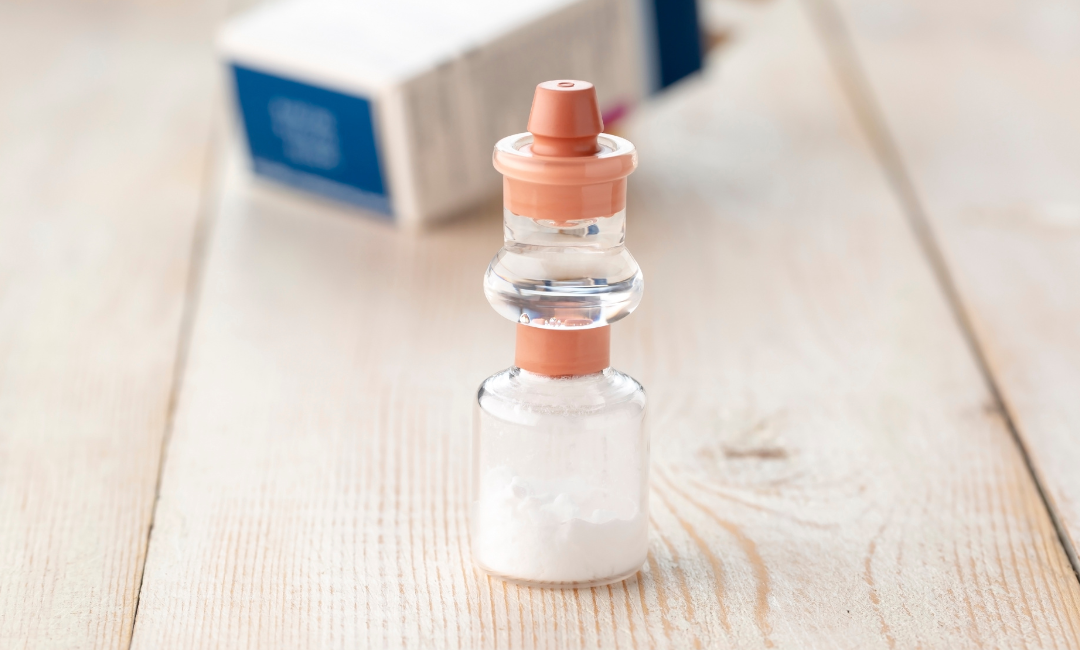Administering Insulin
Insulin is not given through the oral route because they are made up of protein, hence broken down by the gastric fluid in the gastrointestinal tract. Therefore they are not absorbed.
Insulin can be given through intramuscular, subcutaneous, and IV routes. You can administer all insulins through a subcutaneous route. But only REGULAR insulin is given intravenously. It can also be administered in the dialysate fluid infused into the peritoneal cavity for patients on peritoneal dialysis therapy.
Insulin does not affect urination frequency, but it can correct the symptoms of hyperglycemia such as polyuria and polydipsia. It also facilitates the movement of potassium from the extracellular fluid into the cell, therefore given to correct hyperkalemia.
Insulin is also used to treat complications associated with diabetes such as diabetic ketoacidosis (DKA), which is more common with type 1 diabetes, and hyperosmolar hyperglycemic nonketotic (HHNK) syndrome, which is more common with type 2 diabetes.









